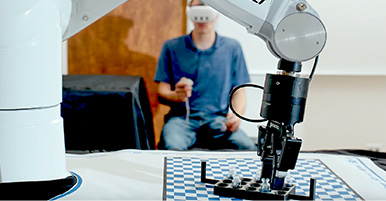Citation
Shinozuka, Y., Redemann, J., Livingston, J. M., Russell, P. B., Clarke, A. D., Howell, S. G., Freitag, S., O’Neill, N. T., Reid, E. A., Johnson, R., Ramachandran, S., McNaughton, C. S., Kapustin, V. N., Brekhovskikh, V., Holben, B. N., and McArthur, L. J. B.: Airborne observation of aerosol optical depth during ARCTAS: vertical profiles, inter-comparison and fine-mode fraction, Atmos. Chem. Phys., 11, 3673–3688, https://doi.org/10.5194/acp-11-3673-2011, 2011.
Abstract
We describe aerosol optical depth (AOD) measured during the Arctic Research of the Composition of the Troposphere from Aircraft and Satellites (ARCTAS) experiment, focusing on vertical profiles, inter-comparison with correlative observations and fine-mode fraction. Arctic haze observed in <2 km and 2–4 km over Alaska in April 2008 originated mainly from anthropogenic emission and biomass burning, respectively, according to aerosol mass spectrometry and black carbon incandescence measurements. The Ångström exponent for these air masses is 1.4 ± 0.3 and 1.7 ± 0.1, respectively, when derived at 499 nm from a second-order polynomial fit to the AOD spectra measured with the 14-channel Ames Airborne Tracking Sunphotometer (AATS-14) over 354–2139 nm. We examine 55 vertical profiles selected from all phases of the experiment. For two thirds of them, the AOD spectra are within 3% + 0.02 of the vertical integral of local visible-light scattering and absorption. The horizontal structure of smoke plumes from local biomass burning observed in central Canada in June and July 2008 explains most outliers. The differences in mid-visible Ångström exponent are <0.10 for 63% of the profiles with 499-nm AOD > 0.1. The retrieved fine-mode fraction of AOD is mostly between 0.7 and 1.0, and its root mean square difference (in both directions) from column-integral submicron fraction (measured with nephelometers, absorption photometers and an impactor) is 0.12. These AOD measurements from the NASA P-3 aircraft, after compensation for below-aircraft light attenuation by vertical extrapolation, mostly fall within ±0.02 of AERONET ground-based measurements between 340–1640 nm for five overpass events.


